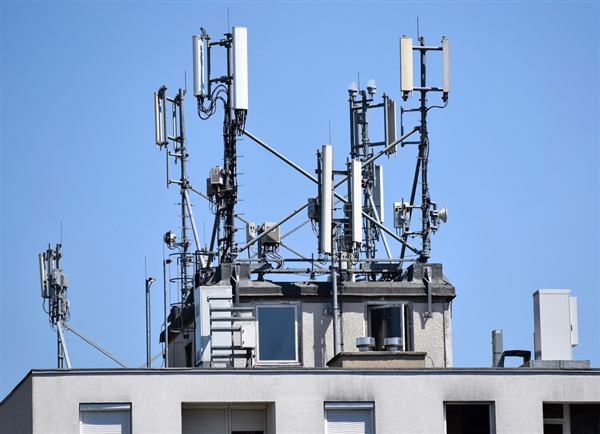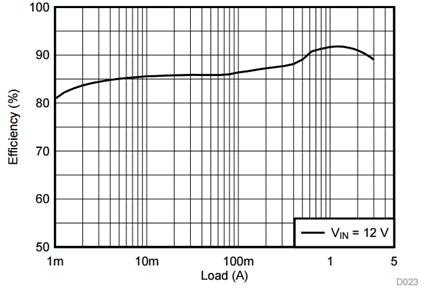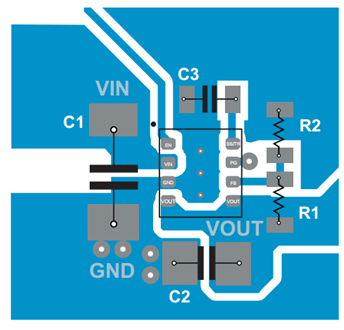SSZTB63 January 2016 TPS62130 , TPS82130

The proliferation of cellular phones, tablets and other Internet-connected devices (the Internet of Things) has drastically increased the amount of wireless communications traffic throughout the world. This requires a corresponding capacity increase in the communications infrastructure – such as base stations, remote radio units (RRUs) and small cells (femtocells) – to handle the increased throughput. While commuting home today, take a look at how many base stations and antennas you can see on the tops and sides of various office buildings, water towers, sports stadiums and other structures. There are so many and they are everywhere!
As a consequence of the sheer number of base stations, a key design challenge is size. As the power supplies inside the base stations become smaller, you can add more data channels to increase throughput. But with more channels occupying the same space, heat generation and the corresponding temperature rise inside the base station become problematic. A step-down DC/DC converter creates less heat than a linear regulator (LDO) and thus a lower temperature rise inside the base station; this is even more critical as the overall system channel and power density increase.
Figure 1 shows the efficiency of a typical step-down DC/DC power module used in base stations. A linear regulator at the same 12V input voltage and 5V output voltage achieves a maximum of 42% efficiency.
 Figure 1 The TPS82130 Power Module’s Efficiency with a 5V Output
Figure 1 The TPS82130 Power Module’s Efficiency with a 5V OutputA power module with numerous integrated components is an obvious choice to achieve a smaller total size. But finding one that can operate from the typical 12V input voltage and deliver output currents above 1A is challenging. The TPS62130 is a nonmodule or discrete IC power supply that supports up to a 17V input and 3A output currents. While it contains internal transistors and control-loop compensation to enable small size, it requires at least seven external components for a complete solution that occupies about 100 mm2.
The TPS82130 is a MicroSiP power module based on the TPS62130. It integrates the power inductor – typically the largest component in the power supply – and reduces the external components to just five. The total solution size is cut by more than half, to about 42mm2.
Figure 2 shows a complete TPS82130 solution’s printed circuit board (PCB) layout. As an added benefit of being a module, the PCB layout is greatly simplified compared to the discrete TPS62130.
 Figure 2 The TPS82130 Power Module Requires Just Five External
Components
Figure 2 The TPS82130 Power Module Requires Just Five External
ComponentsTo support a wide variety of application conditions, the feature set with both devices is nearly the same: enable and power-good pins for sequencing, a soft start and tracking pin for controlling the output-voltage rise time, high efficiency for a low temperature rise, and stability with a variety of output filters due to the DCS-Control topology. Both devices operate from common 5V or 12V rails or any voltage between 3V and 17V. Both the feature set and input-voltage range provide a flexible solution suitable for different power architectures or specific application requirements.
How can a power module shrink your power supply’s size?
Additional Resources
- Read my blog post, “Is a power module always the optimal solution for your space constrained SSD?”
- Learn more about DCS-Control topology